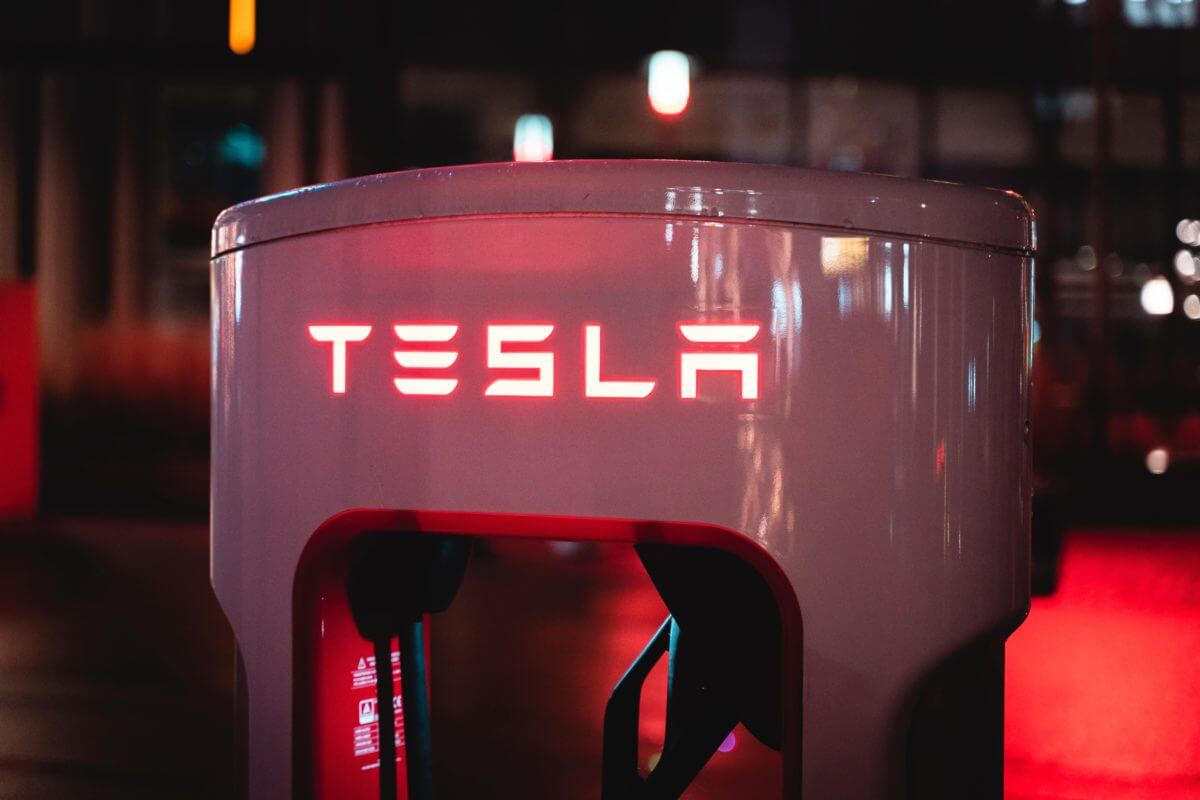
Tesla’s Dojo Supercomputer: Driving with Smart Technologies
Tesla is at the forefront of revolutionizing the autonomous driving landscape with its groundbreaking AI project, the Dojo supercomputer. This monumental endeavour entails a colossal investment, propelling supercomputing architecture into a new era. Moreover, the company’s primary goal is to drastically enhance the efficiency and accuracy of training Tesla’s self-driving software.
The Powerhouse Called Dojo
Engineered to process vast amounts of vision and recognition data, Dojo is more than just a supercomputer. It stands as a testament to Tesla’s relentless pursuit of technological advancement, integrating this valuable data seamlessly into Tesla’s machine-learning models. Furthermore, the awe-inspiring capability of Dojo to handle millions of terabytes of video data per second is setting new standards in the tech community. Tesla boldly predicts that by early 2024, Dojo will proudly rank among the top five most potent supercomputers globally.
A Vision for the Future
Tesla’s vision for Dojo transcends the mere processing of data. It also aims to efficiently process an immense amount of sensory data meticulously extracted from real-life scenarios across over four million Tesla cars. The ultimate goal is to fuel the development and deployment of autonomous vehicle technology. The company strives for a seamless and safe self-driving experience for all.
Unlike other automakers, Tesla took a unique approach by constructing its supercomputer in collaboration with a chip maker, a move aimed at harnessing greater processing computing power. Dojo, their brainchild, is set to utilize Tesla’s AI model to train its autonomous self-driving technology.
The Tesla Dojo Dance with Data
Here’s how Dojo works its magic: As Tesla’s fleet of cars, including the popular Tesla Model 3, roams the streets, they collect a wealth of data. This data is then sent to Dojo, where it undergoes meticulous labelling – identifying elements like cars, signs, and pedestrians. Subsequently, Dojo learns how to interact with these identified entities, transmitting this knowledge to the vehicles, which have their own computers onboard. This iterative process ensures constant learning and refinement, steadily progressing towards the goal of fully autonomous vehicles.
The Road Ahead
While we’re not quite ready for a ride in a completely autonomous pod sans pedals and a steering wheel, Tesla firmly believes this is the future. However, the road to that reality is indeed challenging and complex. The intricacies of modern roads, replete with bikes, pedestrians, and diverse autonomous vehicles, present significant hurdles. Other automakers like Ford are reevaluating their autonomous ambitions, emphasizing automated cruise control over full autonomy. Yet, Tesla and similar trailblazers remain resolute in their pursuit of autonomous driving.
Tesla: Beyond Roads
The potential applications of Dojo extend beyond the roadways. From boating to motorcycles, the prospects of integrating autonomous technology into various modes of transport are on the horizon. The aviation sector already incorporates such technologies, highlighting the broader potential that Dojo’s innovations could bring to multiple domains.



